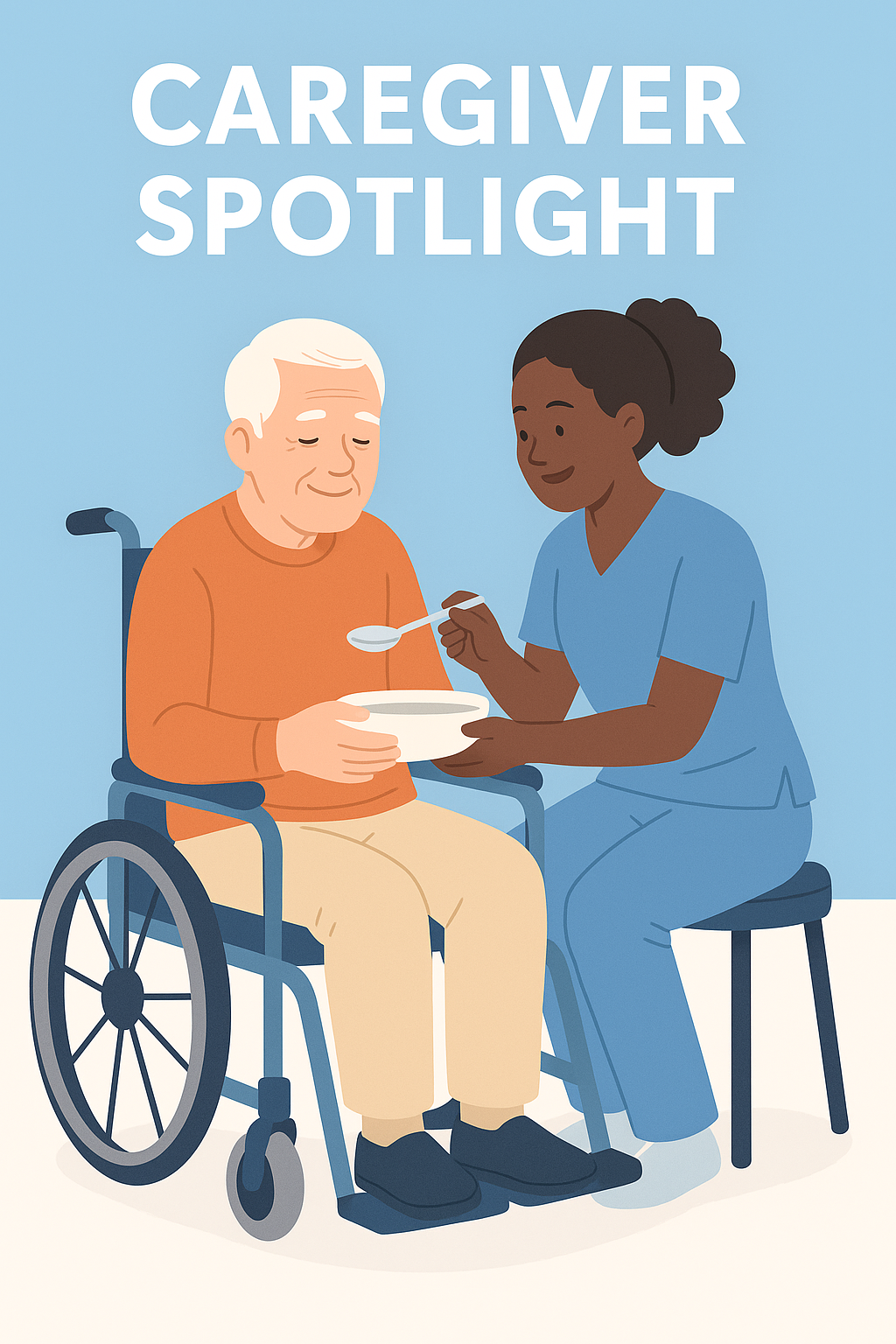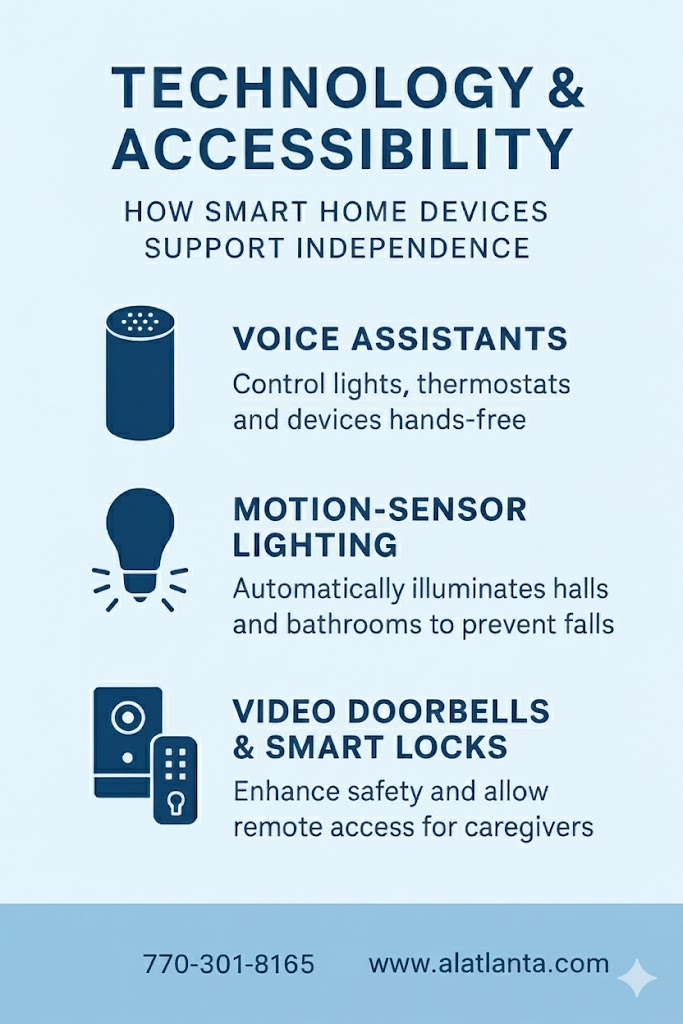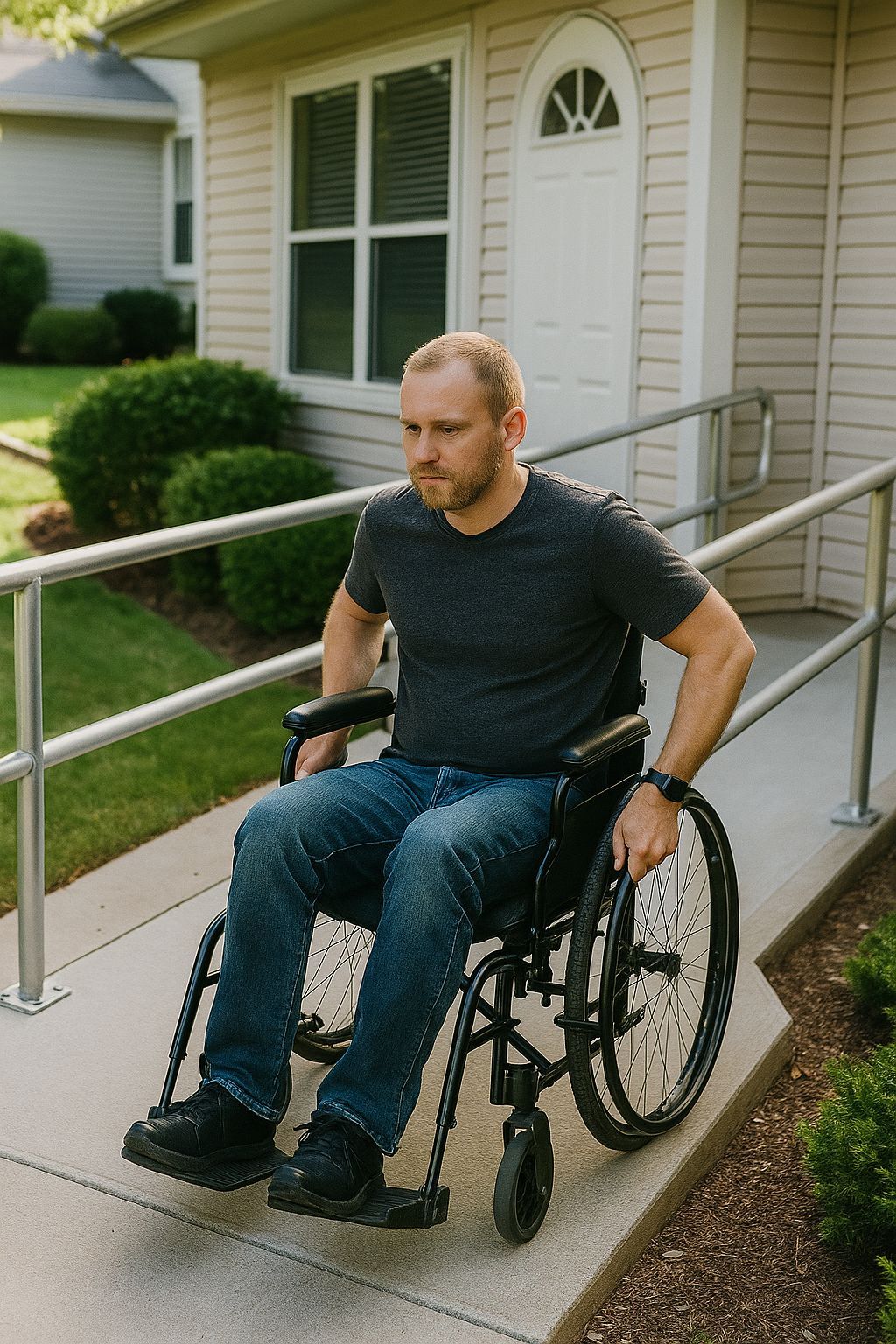OTs and CAPS Can Make a Home a Good Fit
Sometimes it's handy to call in the pros — specifically an Occupational Therapist or Certified Aging-in-Place Specialist
AARP Livable Communities
Whether you've recently relocated or have lived in the same home for years, it can be hard to figure out the most efficient use of your living spaces, or know which furnishings and housing features provide the best comfort, safety and ease-of-use.
For those reasons and others, it may be helpful to bring in a professional, such as an Occupational Therapist (frequently called an OT) or a Certified Aging-in-Place Specialist (commonly identified by the acronym CAPS). Or, you can even assemble a team that includes an OT and a design-build CAPS professional.
What's a "CAPS"?
The National Association of Home Builders (NAHB), in collaboration with AARP and other experts, developed the Certified Aging-in-Place Specialist (CAPS) designation, which is achieved through training and testing during a multicourse educational program.
A Certified Aging-in-Place Specialist understands the unique needs of the older adult population and is knowledgeable about, aging-in-place home modifications, common remodeling projects and solutions to common barriers. CAPS designees are often remodelers, but designers, OTs, architects and others frequently achieve this designation as well.
A Certified Aging-in-Place Specialist can:
- Recommend updates that will help a person live independently in his or her own home
- Work with an OT to develop a home modification or build plan based on the safety and functional needs of an individual or household
- Collaborate with a licensed contractor or interior designer about building and design strategies and techniques for creating attractive, barrier-free living space.
- Provide information about building codes and standards, useful products and resources, and the costs and time required for common remodeling projects
CAPS remodelers and design-build professionals are not medical or health care professionals. They are generally paid by the hour or receive a flat fee per visit or project. To find a Certified Aging-in-Place Specialist in your area call the NAHB at 800-368-5242 or visit its directory page "Find a Certified Aging-in-Place Specialist" at nahb.org.
What's an "OT"?
Occupational therapists (OTs) are licensed health professionals who understand the health and disability issues people face over a lifetime and know how to match the abilities of an individual with needed supports.
OTs are skilled at performing home assessments that identify a person's daily routines and activities and the barriers that impact performing them. An OT then works with the individual, the family and others to identify solutions for achieving the desired goals.
An OT has a strong understanding how an individual functions in her or his space, which is essential in making recommendations that will enhance function and safety in the home environment. This person-centered focus helps ensure that any modifications made to a home will meet both current and future needs. Such assessments save money in the long run by helping to avoid mistakes in product selections and design solutions.
All OTs have training in basic home assessments, and some have additional training or certifications including Specialty Certification in Environmental Modifications (known as SCEM) through the American Occupational Therapy Association (AOTA), the Executive Certificate in Home Modifications (ECHM) or the CAPS designation.
An Occupational Therapist can:
- Assess an individual’s abilities, challenges and needs. (This is often done by asking questions, such as: Do you have medical conditions that impact your daily life? What activities are painful or difficult for you to do?)
- Provide a home evaluation and recommend changes to increase safety and ease of use
- Identify furnishings, equipment and techniques that can help with activities
- Suggest and demonstrate techniques that can make essential activities possible or easier
- Collaborate with a home improvement contractor to develop a modification or build plan that will meet the needs of an individual or household
Work with clients after the modifications, equipment or specialized products have been installed in order to ensure safe usage
Occupational therapists are generally paid a flat fee per visit and their services may be covered by health insurance. (Check with your insurance provider.) To learn more about occupational therapists, visit AOTA.org. To find an OT, check with your physician, health insurance provider or local hospital or seek recommendations from family and friends, or even age-friendly builders.
#homeaccessibility #homemodification #homehealthcare #aginginplace #aginggracefully #caregivers #disability #disabilityawareness #wheelchairuser #wheelchairaccessible #spinalcordinjury #physicallychallenged #safetyathome #elderlycare #graytsunami #healthylifestyle #accessiblematters #userfriendlyhome



